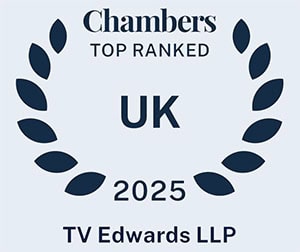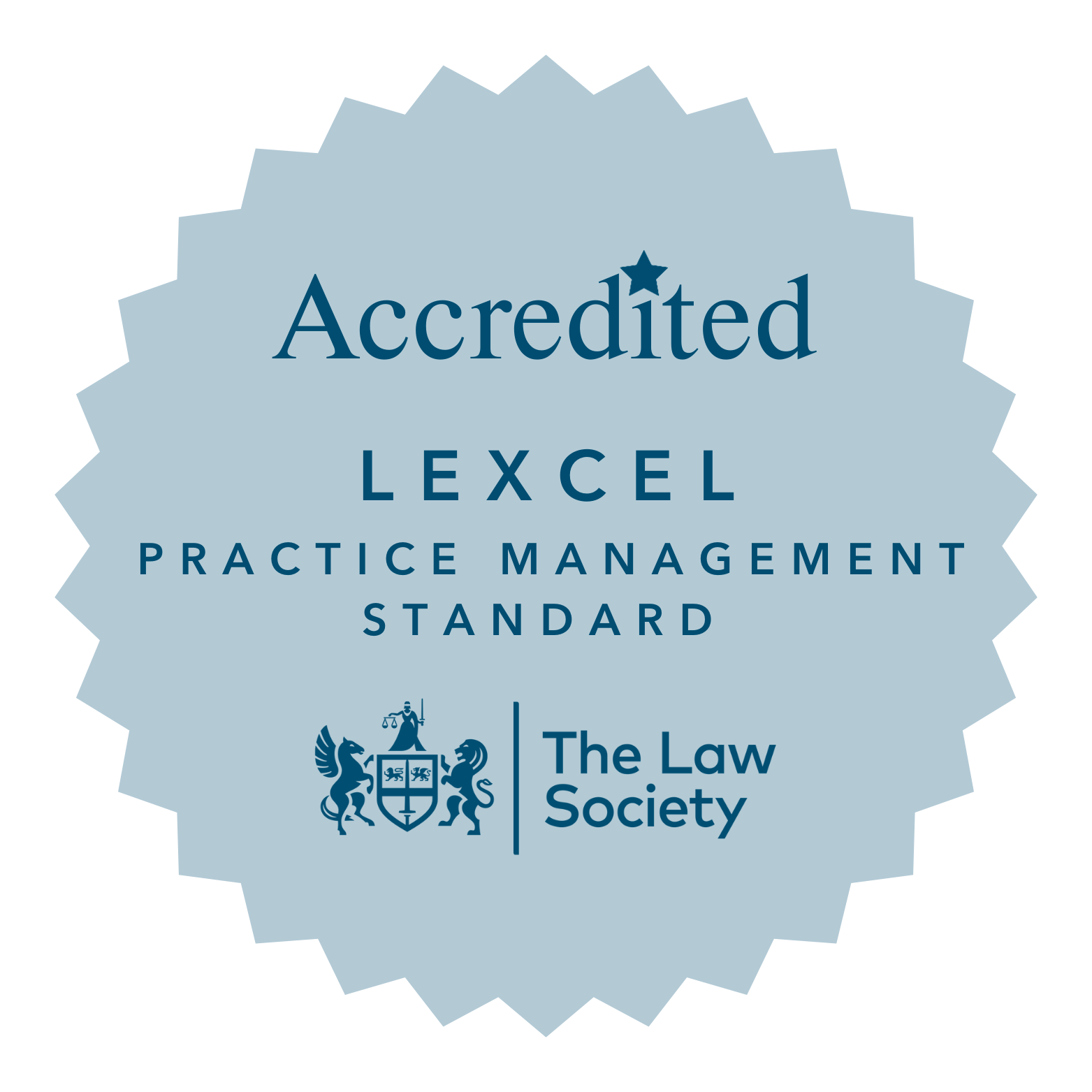

It is not unusual that matrimonial assets will substantially increase in value between the date that the parties separated and the date of the final financial remedies hearing.
And that will normally simply mean that both parties will benefit from the increase.
But what if the increase in value was entirely due to the efforts of one party? How will the court approach such a situation?
What happens to assets acquired after separation but before divorce? The concept of matrimonial property
Before we answer the question, we first need to look at the concept of ‘matrimonial property’.
Generally speaking, in a divorce, the only assets that are to be shared between the parties are those assets that were acquired during the marriage through the joint efforts of the parties to the marriage. These assets are known as ‘matrimonial property’.
And for the purpose of the concept of matrimonial property the marriage will usually be considered to have ended when the parties separated, rather than when the divorce was finalised.
Accordingly, assets that were acquired prior to the marriage, after the separation, or not through the joint efforts of the parties (such as inheritances and gifts) are not matrimonial property and will not, therefore, be shared between the parties on divorce.
There is one exception to this, although it rarely applies: non-matrimonial property can be shared if it is required to meet the needs of the parties.
Post-separation endeavour
The concept of matrimonial property points us to the answer to the question of how the court will approach a situation where an asset has significantly increased in value due to the efforts of just one party.
And how this can play out in practice was demonstrated by a recent case, GA v EL.
The case concerned the final hearing of a wife’s financial remedies application.
As the judge hearing the application pointed out, there was one significant issue between the parties, namely, how to divide the proceeds of the sale of a business, ‘X Ltd’, between them.
The parties had married in 2007, and they separated in November 2019.
The parties held together a 50% holding in X Ltd, which had been incorporated by the husband and his business partner in 2008.
There was some dispute as to the value of the business at the date of separation, but the judge took it as approximately £30 million.
After the separation, the husband continued to work in the business until it was sold in February 2022 for about £60 million gross.
Clearly, the business had significantly increased in value since the separation.
The wife argued that this increase could not be attributed to the endeavours of the husband, and that it was essentially the same business when sold as the business that had been set up during the marriage. Accordingly, she sought a 50/50 division of the proceeds of the business.
The husband, on the other hand, argued that he had been responsible for the increase in the value of the business. He, therefore, proposed that the wife should have 37.5% of the 50% interest in X Ltd, and he should have the balance, i.e., 62.5%.
After examining the evidence, the judge concluded that the husband had indeed made a significant contribution to the increase in the value of the business.
The final matter to be decided, therefore, was: what element of the increase derived from the husband’s post-separation endeavour and was therefore not matrimonial?
Taking into account all of the relevant factors, the judge put the non-matrimonial element of the increase at 15% of the proceeds of the business. Accordingly, the judge divided the proceeds of the business as 42.5% to the wife and 57.5% to the husband.
The TV Edwards divorce and family finance team can provide expert advice when companies and corporate assets are part of a divorce or separation.
Get in touch here or call 020 3440 8000.
Disclaimer: The information on the TV Edwards website is for general information only and reflects the position at the date of publication.






